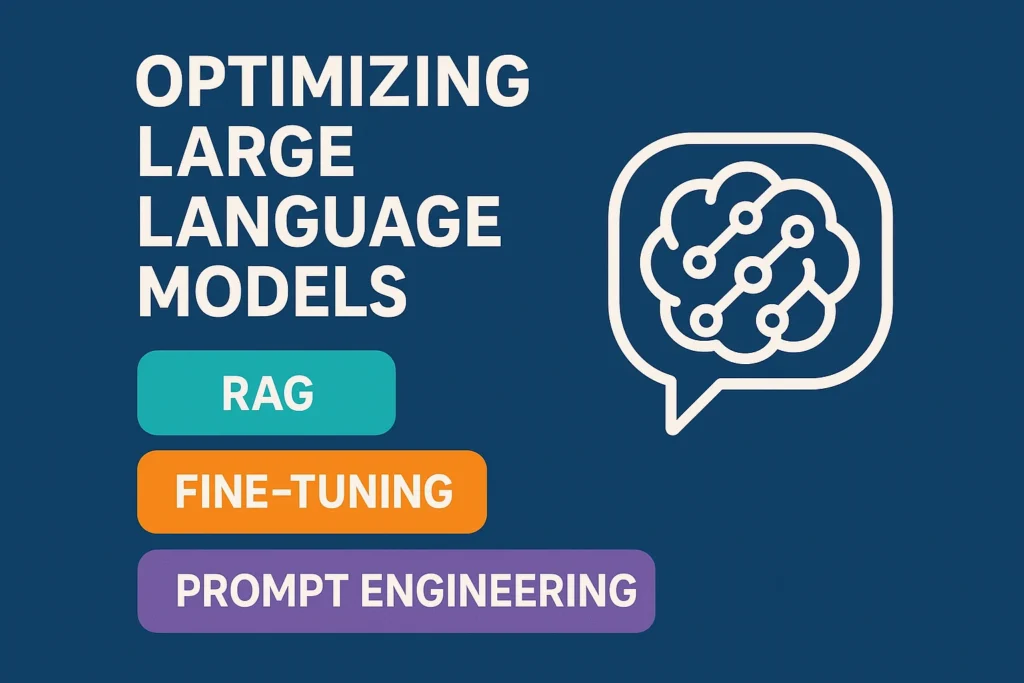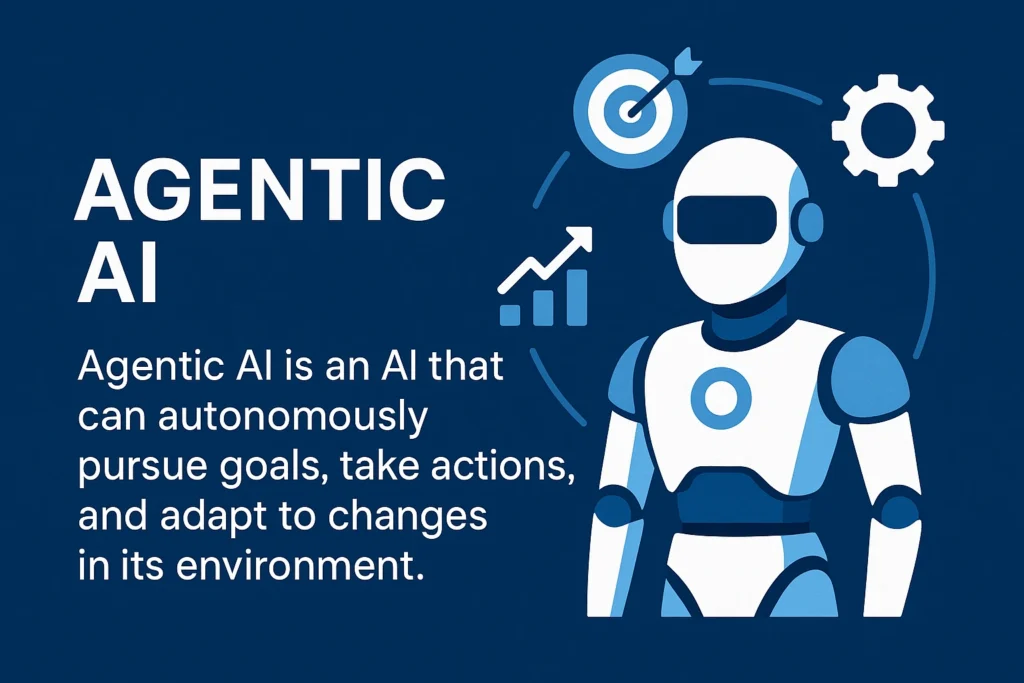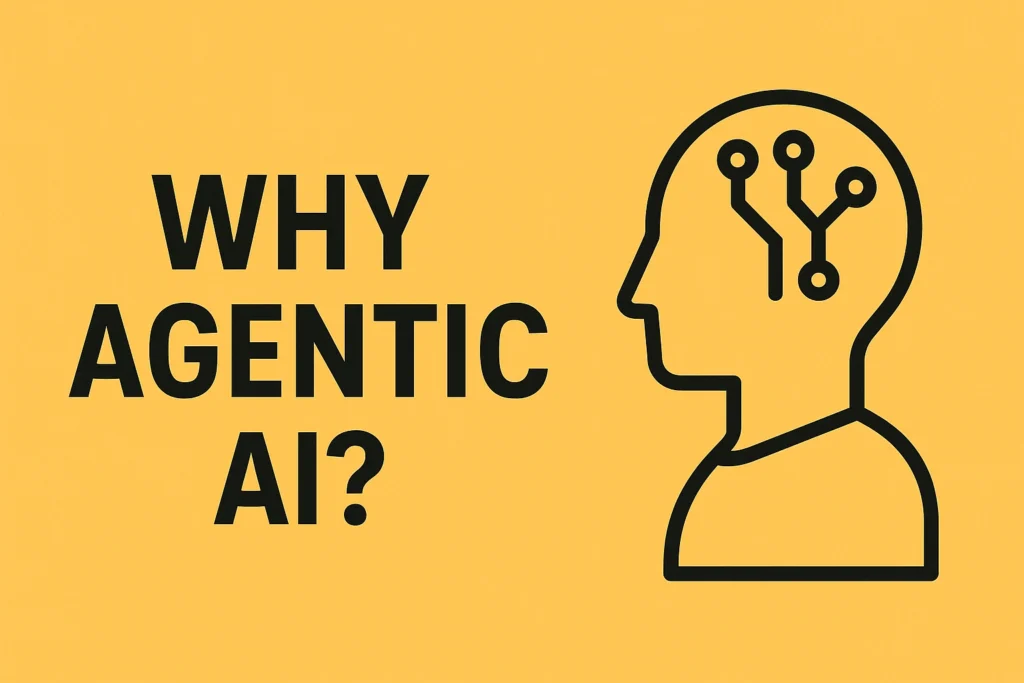Table of Contents
ToggleOptimizing Large Language Models: RAG, Fine-Tuning, Prompt Engineering

Optimizing AI Models: RAG, Fine-Tuning, and Prompt Engineering
Key Methods for Enhancing Large Language Model Performance
This tutorial outlines three key methods for optimizing AI models, specifically Large Language Models (LLMs): Retrieval Augmented Generation (RAG), Fine-Tuning, and Prompt Engineering. Each method offers distinct advantages and disadvantages, and they can often be used in combination to achieve desired outcomes.
1. Key Concepts and Important Ideas
The Need for AI Model Optimization: LLMs, depending on their training data and knowledge cut-off dates, have varying levels of information. When asked a query like "who is Martin Keen?", the response "varies greatly depending upon which model I'm asking." This highlights the necessity of improving model answers, especially when dealing with specific, up-to-date, or domain-specific information.
Three Primary Optimization Methods:
2. Retrieval Augmented Generation (RAG)
Concept:
RAG addresses the limitation of an LLM's fixed knowledge by allowing it to "go out and... perform a search, a search for new data that either wasn't in its training data set, or it was just data that became available after the model finished training." This retrieved information is then incorporated into the LLM's answer.
Process:
RAG involves three steps:
- Retrieval: Searching a "corpus of information" (e.g., organizational documents, PDFs, internal wikis). Unlike traditional keyword searches, RAG converts both the query and documents into "vector embeddings," capturing their meaning and finding "documents that are mathematically similar in meaning to your question, even if they don't use the exact same words."
- Augmentation: The relevant retrieved information is added "back into your original query before passing it to the language model."
- Generation: The LLM generates a response "based on all of this enriched context."
Strengths:
- Provides "up to date" information.
- Excellent for "domain specific" information.
- Allows the model to "generate a response that incorporates your actual facts and figures" instead of guessing.
Weaknesses:
- Performance/Latency: The retrieval step "adds latency to each query compared to a simple prompt to a model."
- Processing/Infrastructure Costs: Requires converting documents to vector embeddings and storing them in a database, adding to "processing costs" and "infrastructure costs."
3. Fine-Tuning
Concept:
Fine-tuning involves taking an "existing model" with broad knowledge and providing it with "additional specialized training on a focused data set." This updates the model's "internal parameters through additional training," essentially modifying "how it processes information."
Process:
During fine-tuning, "small adjustments" are made to the model's weights using a specialized dataset. This typically employs "supervised learning where we provide input-output pairs that demonstrate the kind of responses we want." The model adjusts its weights to minimize the difference between its predictions and desired outputs.
Strengths:
- Enables "very deep domain expertise."
- "Much faster, specifically at inference time" compared to RAG, as it doesn't need to search external data.
- Knowledge is "backed into the model's weights," eliminating the need to maintain a separate vector database.
Weaknesses:
- Training Complexity: Requires "thousands of high quality training examples."
- Computational Cost: Can be "substantial and is going to require a whole bunch of GPUs."
- Maintenance Challenges: "Updating a fine-tune model requires another round of training," unlike RAG where new documents can be easily added.
- Catastrophic Forgetting: A significant risk where "the model loses some of its general capabilities while it's busy learning these specialized ones."
4. Prompt Engineering
Concept:
Prompt engineering involves crafting better queries to "better specifies what we're looking for," essentially "activating its existing capabilities." It directs the model's attention to relevant patterns it learned during training" by including specific elements like examples, context, or formatting instructions.
Example:
Changing a vague prompt like "Is this code secure?" to a "much more detailed" engineered prompt.
Strengths:
- No Infrastructure Changes: Requires "no infrastructure changes at all," as "it's all on the user."
- Immediate Results: Provides "immediate responses and immediate results" without new training or data processing.
Weaknesses:
- Art vs. Science: "Prompt engineering is as much an art as it is a science," involving "a good amount of trial and error."
- Limited to Existing Knowledge: "You're limited to existing knowledge because you're not able to actually add anything else in here." It cannot teach the model "truly new information" or update outdated information.
5. Complementary Nature of the Methods
While presented as "three different distinct things," RAG, Fine-Tuning, and Prompt Engineering "are commonly used actually in combination."
An example is a legal AI system: "RAG, that could retrieve specific cases and recent court decisions. The prompt engineering part, that could make sure that we follow proper legal document formats by asking for it. And then fine-tuning, that can help the model master firm-specific policies."
6. Strategic Selection
The choice of optimization method depends on the specific needs.
- "Prompt engineering offers flexibility and immediate results, but it can't extend knowledge."
- "RAG, that can extend knowledge, it provides up-to-date information, but with computational overhead."
- "And then fine-tuning, that enables deep domain expertise, but it requires significant resources and maintenance."
Ultimately, it "comes down to picking the methods that work for you."
Frequently Asked Questions: LLM Optimization Methods
What are the three primary methods for optimizing Large Language Model (LLM) responses?
The three primary methods for optimizing Large Language Model (LLM) responses are Retrieval Augmented Generation (RAG), Fine-Tuning, and Prompt Engineering. Each method offers distinct advantages and disadvantages, making them suitable for different use cases. While often discussed individually, they can also be combined to achieve more comprehensive and accurate results.
How does Retrieval Augmented Generation (RAG) improve LLM outputs?
Retrieval Augmented Generation (RAG) enhances LLM outputs by providing the model with external, up-to-date, or domain-specific information that might not have been included in its initial training data or became available after its knowledge cutoff. When a query is submitted, RAG first performs a search through a corpus of information (e.g., organizational documents, PDFs, wikis). Unlike traditional keyword searches, RAG converts both the query and the documents into "vector embeddings," which are numerical representations of their meaning. It then finds documents that are semantically similar to the query, even if they don't use the exact same words.
This relevant information is then "augmented" or added to the original query, providing the LLM with enriched context before it generates a response. This allows the model to produce answers based on actual facts and figures, making it valuable for information that needs to be current or highly specialized. However, RAG adds latency to queries due to the retrieval step and incurs processing and infrastructure costs for vector embedding creation and storage.
What is Fine-Tuning, and when is it most effective for LLMs?
Fine-tuning involves taking an existing LLM with broad knowledge and providing it with additional, specialized training on a focused dataset. During this process, the model's internal parameters (weights) are subtly adjusted using supervised learning, where input-output pairs demonstrate the desired responses. For example, a model fine-tuned for technical support might be trained on thousands of customer queries paired with correct technical solutions. This process modifies how the model processes information, enabling it to recognize domain-specific patterns and develop deep expertise in a particular area.
Fine-tuning is most effective when you need a model with very deep domain expertise and when inference (query processing) speed is critical, as the knowledge is "baked into" the model's weights, eliminating the need for external searches. However, fine-tuning requires thousands of high-quality training examples, substantial computational cost (often requiring GPUs), and ongoing maintenance, as updates necessitate another round of training. There's also a risk of "catastrophic forgetting," where the model might lose some general capabilities while specializing.
What is Prompt Engineering, and what are its key benefits and limitations?
Prompt engineering involves carefully crafting the input query to better activate the LLM's existing capabilities and direct its attention to relevant patterns learned during its initial training. It goes beyond simple clarification, incorporating specific elements like examples, context, or desired output formats (e.g., asking for a step-by-step reasoning process). By doing so, you can significantly transform a model's output without any additional training or data retrieval.
The key benefits of prompt engineering are that it requires no changes to backend infrastructure, as it's entirely user-side, and it provides immediate responses and results. It's a cost-effective and agile way to improve model performance for many tasks. However, prompt engineering is often more an art than a science, involving trial and error to find effective prompts. Its primary limitation is that it's restricted to the model's existing knowledge; it cannot teach the model truly new information or update outdated facts.
What are the main trade-offs to consider when choosing between RAG, Fine-Tuning, and Prompt Engineering?
Choosing between RAG, Fine-Tuning, and Prompt Engineering involves evaluating several trade-offs:
- Knowledge Extension vs. Existing Capabilities: RAG can extend an LLM's knowledge with up-to-date and domain-specific information. Fine-tuning builds deep domain expertise by modifying how the model processes information. Prompt engineering, however, is limited to activating and leveraging the model's existing knowledge and capabilities; it cannot introduce truly new information.
- Computational Cost & Latency: Prompt engineering has virtually no additional computational cost or latency beyond the standard model inference. RAG adds latency due to the retrieval step and incurs costs for vector embedding processing and storage. Fine-tuning has a substantial upfront computational cost for training and requires significant GPU resources, but it offers faster inference times once trained.
- Maintenance & Update Frequency: Prompt engineering requires no backend maintenance for updates. RAG allows for easy and frequent updates by adding new documents to the knowledge base. Fine-tuning, however, requires re-training the model for any updates, making it less agile for rapidly changing information.
- Training Data Requirements: Prompt engineering requires no additional training data. RAG relies on a corpus of external documents. Fine-tuning demands thousands of high-quality, specialized input-output pairs.
- Risk of Catastrophic Forgetting: This risk is specific to fine-tuning, where the model might lose some of its general knowledge while specializing. RAG and prompt engineering do not carry this risk.
Ultimately, the choice depends on specific needs regarding data freshness, domain depth, performance requirements, and available resources.
Can RAG, Fine-Tuning, and Prompt Engineering be used together?
Yes, RAG, Fine-Tuning, and Prompt Engineering can and often are used in combination to achieve optimal results. While they are distinct methods, their strengths are complementary. For example, in a legal AI system, RAG could be used to retrieve specific, up-to-date court decisions and case law. Fine-tuning could then be applied to train the model on firm-specific policies and internal documents, allowing it to master specialized legal nuances. Finally, prompt engineering could ensure that the model formats its responses correctly, adheres to proper legal document structures, or follows specific reasoning steps as required for legal analysis. This combined approach leverages the flexibility and immediate results of prompt engineering, the knowledge extension of RAG, and the deep domain expertise enabled by fine-tuning.
What is "vector embedding" in the context of RAG?
In the context of RAG, "vector embedding" is a crucial technology that transforms words, phrases, and entire documents into long lists of numbers (vectors) that mathematically capture their meaning. This is distinct from a simple keyword search. When a user submits a query, both the query and the documents in the knowledge corpus are converted into these vector embeddings. RAG then uses these numerical representations to find documents that are "mathematically similar" in meaning to the query, even if they don't share exact keywords. For example, if a query asks about "revenue growth," RAG might find documents mentioning "fourth-quarter performance" or "quarterly sales" because their vector embeddings indicate a high degree of semantic similarity, despite the different wording. This allows RAG to retrieve more contextually relevant information.
When would you prioritize using Prompt Engineering over RAG or Fine-Tuning?
You would prioritize using Prompt Engineering over RAG or Fine-Tuning when:
- Immediate Results are Needed: Prompt engineering provides instant feedback without any setup, training, or data processing.
- No Infrastructure Changes are Desired: It's entirely user-side, requiring no modifications to the backend system.
- The Information is Already Within the Model's Existing Knowledge: If the LLM already possesses the necessary information from its training, but struggles to recall or present it effectively, an improved prompt can activate that latent knowledge.
- Minor Adjustments or Formatting are Required: For tasks like rephrasing, changing tone, specifying output format, or guiding the model through a thought process (e.g., "think step-by-step"), prompt engineering is highly effective.
- Resources (computational power, data, time) are Limited: It's the most resource-light and cost-effective method.
Prompt engineering is ideal for quick, on-the-fly improvements and leveraging the model's inherent capabilities without introducing new data or modifying its core parameters.
Posts Gallery

Agentic AI for Enterprise Automation
Discover how Agentic AI revolutionizes enterprise automation, boosting efficiency and strategic decision-making.
Read More →
How Agentic AI Works: Intent to Execution
Unpack the intricate process of Agentic AI, from understanding user intent to executing complex tasks autonomously.
Read More →
Purpose & Use Cases of Agentic AI
Explore the diverse applications and strategic importance of Agentic AI across various industries and daily operations.
Read More →
What is Agentic AI?
A foundational article explaining the core concepts of Agentic AI, defining its components and its role in modern automation.
Read More →
Why Agentic AI?
Understand the compelling reasons and significant benefits that make Agentic AI a transformative technology for efficiency and innovation.
Read More →
AI Tools Spotlight
A comprehensive overview of cutting-edge AI tools that are shaping the future of automation and intelligent systems.
Read More →

